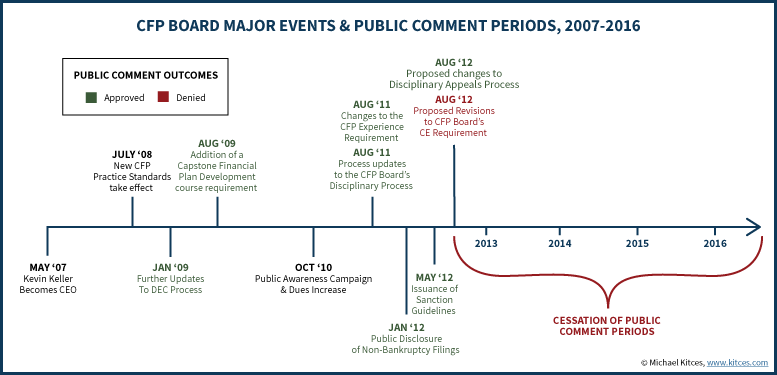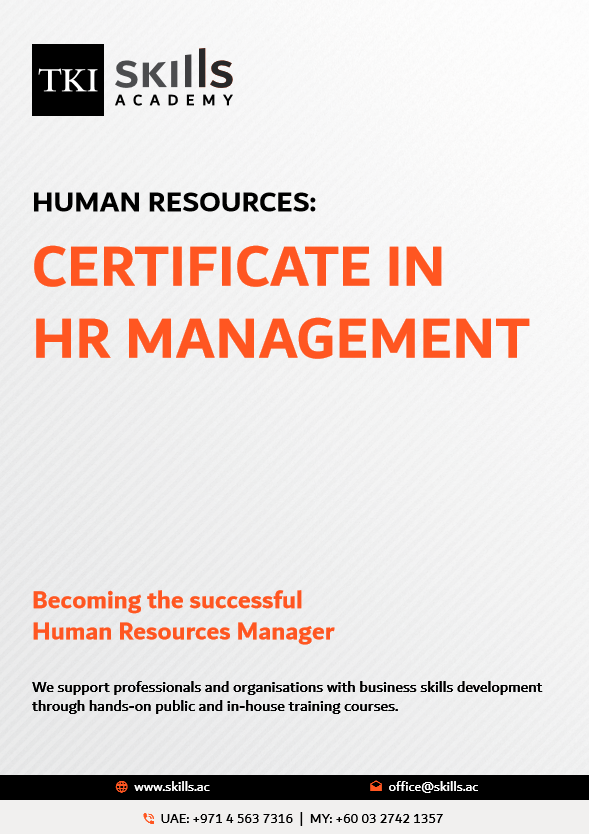
Many Americans have difficulty with the issue of early retirement and social security benefits. There are many variables to be mindful of. For example, does the increased COLA impact the amount of benefits that individuals receive? Social Security benefits are calculated based on changes in a consumer price index. Higher COLAs are available for people who retire earlier.
EEA bars short-sighted workers delaying application for old-age benefits
The Employment Equality Act (EEA), prohibits workers who are shortsighted from applying for retirement pensions. This provision was in place in 1978. It is a good idea to ensure that older workers are not forced to give up their old-age pension rights, but this is an issue that requires further discussion.
However, despite the benefits offered by the NRA, the EEA prevents workers from receiving old-age pensions at an early age. The EEA is applied to workers up to the age of 62. This means that those who were born after 1960 will be eligible to receive a lower old age pension than those who were born earlier. But, workers who claim a pension in the 1960s and later years will have to pay a steeper penalty.

COLA is calculated on the basis of changes in a Consumer Price Index
The COLA formula is calculated using changes in the Consumer Price Index (CPI), which measures price changes for goods and services bought by workers. This formula is based the average annual CPI in a given calendar year. Using this index, the government calculates how much a retiree will receive when they retire.
The COLA amount you receive for early retirement is generally based on a change to the CPI. During the third quarter, the CPI is used to calculate the COLA. The COLA amount will go back to zero if the CPI falls. The COLA amount for next year will return to the year with the positive COLA increase, however, if CPI falls, it will be zero.
Early retirees can expect to see a higher COLA in 2023. This is because the CPI-W index is 3% or higher. Social Security and CSRS retired workers receive CPI–W. FERS retirees, however, receive CPI–W with a reduction by 1%. This will result in a combined COLA of 8.7 percent for early retirees and 4.9% for FERS retirementes. Both figures will be the highest adjustment since 1982. Experts predict that there will be an even larger adjustment in the future.
The effects of raising the normal retirement age on male workers' withdrawal rates
Although an increase in the FRA is undoubtedly beneficial for economy, it's unlikely to affect the rate of Social Security retirement. It might actually reduce Social Security withdrawals. The U.S. Social Security Administration (SSA) published two reports that examined the effects of raising the FRA. One report looked at the effects of increasing the FRA from 65 years to 66.

The second table compares the benefit awarded to a 65-year-old worker who earns the federal minimum wage. This person would be entitled to $729 per month, which is 26 percent of the average Social Security earnings for current workers.
FAQ
Who Can Help Me With My Retirement Planning?
Many people consider retirement planning to be a difficult financial decision. It's more than just saving for yourself. You also have to make sure that you have enough money in your retirement fund to support your family.
Remember that there are several ways to calculate the amount you should save depending on where you are at in life.
If you're married, for example, you need to consider your joint savings, as well as your personal spending needs. If you're single you might want to consider how much you spend on yourself each monthly and use that number to determine how much you should save.
If you're currently working and want to start saving now, you could do this by setting up a regular monthly contribution into a pension scheme. Another option is to invest in shares and other investments which can provide long-term gains.
Talk to a financial advisor, wealth manager or wealth manager to learn more about these options.
Is it worth hiring a wealth manager
A wealth management service should help you make better decisions on how to invest your money. The service should advise you on the best investments for you. This will give you all the information that you need to make an educated decision.
But there are many things you should consider before using a wealth manager. Consider whether you can trust the person or company that is offering this service. Will they be able to act quickly when things go wrong? Can they clearly explain what they do?
Who Should Use a Wealth Manager?
Anyone who wants to build their wealth needs to understand the risks involved.
New investors might not grasp the concept of risk. Poor investment decisions can lead to financial loss.
People who are already wealthy can feel the same. They may think they have enough money in their pockets to last them a lifetime. But this isn't always true, and they could lose everything if they aren't careful.
Therefore, each person should consider their individual circumstances when deciding whether they want to use a wealth manger.
How to choose an investment advisor
The process of choosing an investment advisor is similar that selecting a financial planer. There are two main factors you need to think about: experience and fees.
Experience refers to the number of years the advisor has been working in the industry.
Fees are the cost of providing the service. You should compare these costs against the potential returns.
It's crucial to find a qualified advisor who is able to understand your situation and recommend a package that will work for you.
What is a Financial Planner? How can they help with wealth management?
A financial planner will help you develop a financial plan. They can help you assess your financial situation, identify your weaknesses, and suggest ways that you can improve it.
Financial planners are professionals who can help you create a solid financial plan. They can tell you how much money you should save each month, what investments are best for you, and whether borrowing against your home equity is a good idea.
A fee is usually charged for financial planners based on the advice they give. Some planners provide free services for clients who meet certain criteria.
What are some of the best strategies to create wealth?
It's important to create an environment where everyone can succeed. It's not a good idea to be forced to find the money. If you're not careful you'll end up spending all your time looking for money, instead of building wealth.
It is also important to avoid going into debt. Although it can be tempting to borrow cash, it is important to pay off what you owe promptly.
If you don't have enough money to cover your living expenses, you're setting yourself up for failure. If you fail, there will be nothing left to save for retirement.
Before you begin saving money, ensure that you have enough money to support your family.
Statistics
- These rates generally reside somewhere around 1% of AUM annually, though rates usually drop as you invest more with the firm. (yahoo.com)
- If you are working with a private firm owned by an advisor, any advisory fees (generally around 1%) would go to the advisor. (nerdwallet.com)
- Newer, fully-automated Roboadvisor platforms intended as wealth management tools for ordinary individuals often charge far less than 1% per year of AUM and come with low minimum account balances to get started. (investopedia.com)
- As of 2020, it is estimated that the wealth management industry had an AUM of upwards of $112 trillion globally. (investopedia.com)
External Links
How To
How to Invest Your Savings to Make Money
You can make a profit by investing your savings in various investments, including stock market, mutual funds bonds, bonds and real estate. This is called investment. It is important to understand that investing does not guarantee a profit but rather increases the chances of earning profits. There are many different ways to invest savings. One of these options is buying stocks, Mutual Funds, Gold, Commodities, Real Estate, Bonds, Stocks, ETFs, Gold, Commodities, Real Estate, Bonds, Stocks, Real Estate, Bonds, and ETFs. These methods are discussed below:
Stock Market
The stock market allows you to buy shares from companies whose products and/or services you would not otherwise purchase. This is one of most popular ways to save money. You can also diversify your portfolio and protect yourself against financial loss by buying stocks. If oil prices drop dramatically, for example, you can either sell your shares or buy shares in another company.
Mutual Fund
A mutual fund is a pool of money invested by many individuals or institutions in securities. They are professionally managed pools of equity, debt, or hybrid securities. The mutual fund's investment objective is usually decided by its board.
Gold
It has been proven to hold its value for long periods of time and can be used as a safety haven in times of economic uncertainty. It can also be used in certain countries as a currency. Gold prices have seen a significant rise in recent years due to investor demand for inflation protection. The supply and demand fundamentals determine the price of gold.
Real Estate
Real estate can be defined as land or buildings. When you buy realty, you become the owner of all rights associated with it. To generate additional income, you may rent out a part of your house. You could use your home as collateral in a loan application. The home may also be used to obtain tax benefits. Before purchasing any type or property, however, you should consider the following: size, condition, age, and location.
Commodity
Commodities refer to raw materials like metals and grains as well as agricultural products. As these items increase in value, so make commodity-related investments. Investors who want the opportunity to profit from this trend should learn how to analyze charts, graphs, identify trends, determine the best entry points for their portfolios, and to interpret charts and graphs.
Bonds
BONDS ARE LOANS between governments and corporations. A bond is a loan that both parties agree to repay at a specified date. In exchange for interest payments, the principal is paid back. Bond prices move up when interest rates go down and vice versa. An investor purchases a bond to earn income while the borrower pays back the principal.
Stocks
STOCKS INVOLVE SHARES OF OWNERSHIP IN A COMMUNITY. Shares represent a small fraction of ownership in businesses. You are a shareholder if you own 100 shares in XYZ Corp. and have the right to vote on any matters affecting the company. When the company is profitable, you will also be entitled to dividends. Dividends can be described as cash distributions that are paid to shareholders.
ETFs
An Exchange Traded Fund is a security that tracks an indice of stocks, bonds or currencies. ETFs trade in the same way as stocks on public exchanges as traditional mutual funds. The iShares Core S&P 500 eTF (NYSEARCA – SPY), for example, tracks the performance Standard & Poor’s 500 Index. This means that if SPY was purchased, your portfolio would reflect its performance.
Venture Capital
Venture capital is private financing venture capitalists provide entrepreneurs to help them start new businesses. Venture capitalists finance startups with low to no revenue and high risks of failure. Venture capitalists typically invest in companies at early stages, like those that are just starting out.